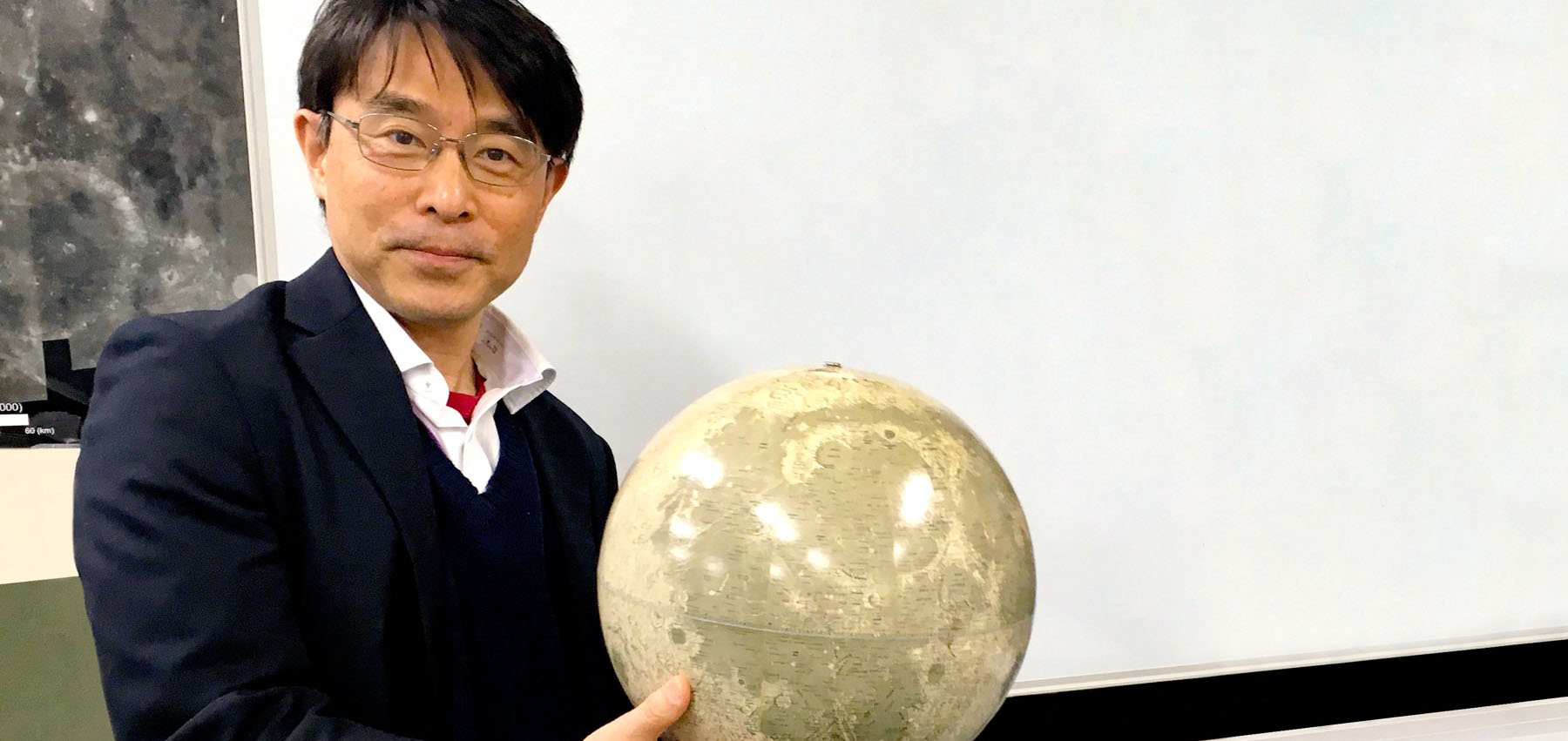
Vol. 3 / 2018.01.19
JUICE Player Interviews
Background to participation in JUICE Project
——The third interview is with Assistant Professor Junichi Haruyama of the Institute of Space and Astronautical Science who is the Science Co-I (Co-Investigator) of JUICE JAPAN’s JANUS (high resolution visible spectra camera).
Please can you tell us about how you came to be involved in the JUICE probe, your position, and your role.
Dr. Haruyama:
In JUICE, I am in charge of the visible spectra camera for Japan, and, as a Science Co-I, I support the development of observation equipment by the lead PI. I was working on sensory equipment performance studies and stray light countermeasures, but now I am mainly involved in drafting test plans for accurate data collection. In the future, I will also be studying tools for drafting applied plans, among other things. I was invited because the Italian camera PI (lead researcher) in the Laplus probe project prior to JUICE highly estimated my equipment development skills.
Icy moons are fascinating. I’ve always been interested in them because we may be able to find data for the possible existence of life. However, a long time is needed as it won’t arrive near Jupiter until 2029, and so I will hand down the camera development experience and skills through this project to the next generation. Another one of the major targets is to set a path for participation in the actual development, application and data analysis of optical observation equipment.
To that end, what I have to do is, first of all, build up close connections with overseas researchers, especially researchers who have the opportunity to develop hardware, which doesn’t really exist in Japan. Also, calibration data is important when using data from the probe, and it is important to get a firm grasp on this.
Rather than being about my own scientific objectives, my current role is about the inheritance and growth of equipment development that will be useful to future Japanese probes, which will connect to the production of a strategy and vision for worldwide equipment development.
——Although it feels like the readiness is there to provide a secure foundation for science education in Japan, what are the personal benefits of being involved in JUICE?
Dr. Haruyama:
It’s about new discoveries and growth, and the fact that there are possibilities precisely because this area presents so few opportunities. When we are working on something with all of our strength, I think that our vision only becomes clear after a wholesale change is made for some reason.
I think it’s important to take up different perspectives rather than staying in the same place, and, at present, rather than the Moon that we have been involved with until now, we are looking into Mars, Jupiter and others, which should be mutually beneficial. My involvement with JUICE has a huge personal benefit in that it is stimulating my mind, although I am prone to being conservative.
Background to interest in space and research until this point
——Please can you tell us the research you have carried out in your life and what motivates you.
Dr. Haruyama:
Since my days as a student, I have tackled three research themes. The first is, “Why am I here?” The second is, “What is happening in planetary systems and the parts of space that are within reach?” And the third is, “How will the world change in the future, that is, how will humanity change the world?”
Ever since I was very young, I have had the huge aim of wanting to play some kind of role in proving the potential of mankind, including manned journeys into space. For example, when I graduated from high school, I was thinking about how I would like to research the production of environments suited to mankind’s existence through the study of space colonies. When I joined the science department at university, I also started to have a desire to understand more fundamental things, and, although there were various ups and downs, finally, today, I am able to research the origins of life, and the beginnings of planets and moons, for example. It seems I have come a long way from the target of making a space colony, but there has been some talk about making a base, so I have finally reached the point where I want to be.
Path to planetary investigations and research
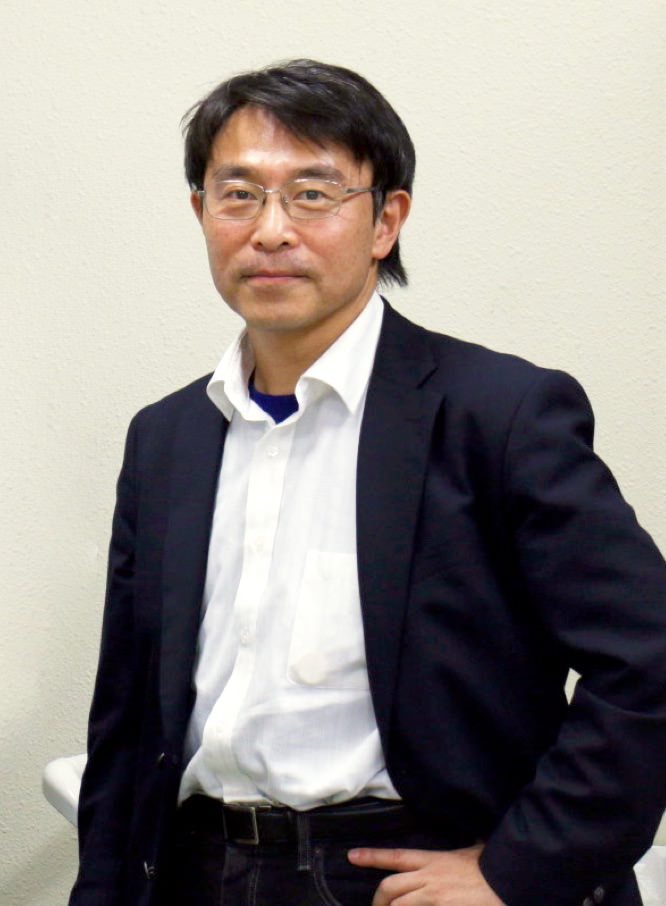
——What led to your involvement in planetary exploration from that point and especially to your involvement in probes after entering university?
Dr. Haruyama:
Now I think about it, my grandfather died around the time when I entered senior high school, and an incredible variety of people came to his funeral. Looking at that, I felt that it is important for people to be recognized by others, that is, to have a good effect on others. The proof of why I am alive is recognition from others, and I will be recognized according to what I have done. In terms of my aspirations as a senior high school student, I wanted to pursue the theme of space, which was still largely unknown among the general public, and, because my parents and grandfather were involved in construction, it seemed that space colonies were a combination of construction and space. For that reason, I thought that I should study physics, which is the basis of science, so I entered the Graduate School of Science at Kyoto University after graduating from senior high school. However, I was a bit lost because I was also drawn to the Department of Engineering.
Exactly at this time, I read an essay on space colonies written by Professor Takuya Matsuda of the Department of Engineering. I decided to visit him to ask for advice because I was seriously confused, and he said that I should study under Terasawa Toshio, a superior teacher who was just then coming from space research to the Physics Department. When I visited Professor Terasawa, I was drawn in by his wider perspective that took in not just astronomy itself but also astrophysics using data from the Moon based on solar-terrestrial physics.
——So, then, you still hadn’t made a clear decision at that point?
Dr. Haruyama:
At graduate school, basically, I still didn’t have the intention to work on probes, and rather I was working on data processing, data analysis and theoretical calculations, for example. Around me, there were many people working on probes, and I thought that I could be useful in a coordination role.
Although I hadn’t thought about working on probes, it seemed to be my fate when I went to the U.S. after gaining my PhD, and I was drawn in by (what was then) NASDA. I realized that I should study a bit more in order to reach the next step, so I started working on lunar probes, and I ended up working on probes for more than 10 years after that.
Finally, at the start of the Project, my day-to-day life was incredibly challenging during the development of observation equipment, but, later, I was involved in actual application, primary processing of acquired data, calibration correction, and analysis, which is what I wanted to do most of all. It was really beneficial because I improved my ability to handle all processes, not just equipment development, by working at the forefront at all times from the beginning to the end of the Project.
——It must have been incredibly demanding to be involved in all of the processes, but this experience helped you to acquire some specific abilities.
——How was the experience of lunar probes, especially “Kaguya” (SELENE)?
Dr. Haruyama: I was in charge of three cameras equipped on SELENE. After thinking about what kind of data would be acquired, and what the specifications should be, I worked along with the manufacturers to make the equipment. At the same time, I made revisions in order to make improvements in the next step by carefully acquiring calibration data in advance for the derivation of top-grade scientific data, made systems that operate smoothly by investigating processing software, and, after launch, I put the equipment to use, and, of course, acquired and analyzed the data. I did everything, including taking the lead in scientific research and sometimes even supporting the data analysis of others, including students.
——How do you feel about the scientific objectives?
Dr. Haruyama:
In terms of the scientific objectives, there have been various ideas, but, among them, I set about on the following four studies, in particular, including dating studies for igneous activity on the Moon, which is something that I want to keep working on in the future. This is the study of crater chronology to determine the age of objects on the surface of the Moon that are covered with lava due to collisions with meteorites, etc. Using the data from SELENE, we have been able to conduct various studies until now into crater chronology. Using new probe data, we want to know more about the variation of volcanic eruptions all over the Moon.
The second is the study of eternal darkness. By carefully arranging camera sensitivity, it may be possible to find craters of eternal darkness that sparkle after they have frozen over. In fact, we have been able to study the Shackleton Crater at the lunar south pole. From now on, we want to study other craters of eternal darkness.
The third is the study of lava tubes. Based on the idea that it should be possible to discover the entrance “skylights” that have partially collapsed over underground caverns, in 2009, for the first time, a vertical hole “skylight” was discovered that is thought to lead to an underground cavern on the Moon. Now, the study of lunar vertical holes and lava tubes is an incredibly hot topic, and that’s where we are putting most of our efforts.
Finally, the fourth is the study of regions where there are strange spiral patterns on the surface, such as the area known as Reiner Gamma, and regions where magnetic abnormalities have been observed, and we want to research the origin of such regions with strange spiral patterns.
Can I add something else? It is completely a matter of personal interest, but I was given a plot on the Moon as a wedding present. The plot next to mine is said to be owned by Tom Hanks, so I want to find out whether this plot of land has any value! [Laughs]
Research other than JUICE
——Apart from JUICE, what Projects are you involved in or making efforts towards?
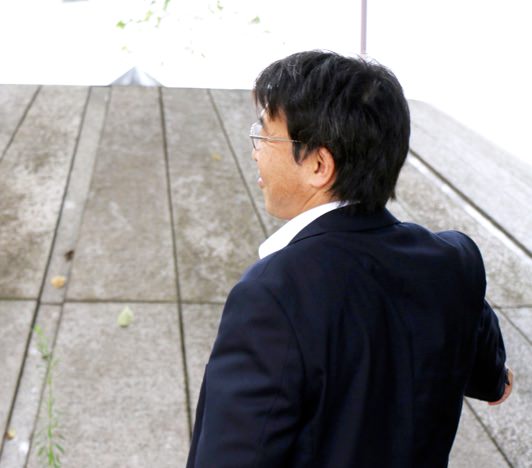
Dr. Haruyama:
Primarily, the launch of the UZUME project. This is a direct probe going below the surface of the Moon and, in the future, Mars. I spoke about it before, but on the Moon, it is thought that there are underground caverns known as lava tubes. Also, we think it is certain that there are lava tubes not only on the Moon but also on Mars. Now, the world of a manned international space probe is drawing closer. At that time, underground caverns will be a unique solution for the formation of human bases because they are hidden from radiation.
On the other hand, there was some talk of building bases in polar regions, and it is difficult to find a balance with that. If we go to the poles, they will probably not be permanent bases.
I wanted to start up the UZUME project in the sense of making a permanent base protected from radiation that will lead up to going to Mars.
——A few days ago, a press conference was held as a briefing session for reporters regarding the observed results from the lunar orbiter spacecraft “Kaguya,” but could you also explain a bit more about UZUME.
Dr. Haruyama:UZUME is an abbreviation of Unprecedented Zipangu Underworld of the Moon Exploration, and it is a direct probe project for underground caverns such as the vertical holes found by SELENE and the lava tubes that extend out from them. SELENE discovered three major vertical holes on the Moon. These vertical holes have diameters of several tens of meters, heights of several tens of meters, and open up to horizontal holes and underground caverns below, with those underground caverns considered to be lava tubes through which volcanic lava once flowed. Lava tubes are quite large in comparison to the size of the vertical holes, so we think it might be possible to build bases there in the future. Of course, in addition, we will be able to understand the volcanic activity that occurred on the Moon in the past. Also, we may have the chance to find the water that is specific to the Moon and materials that were formed and transported deep underground. We refer to this project as “UZUME.”
The future of JUICE and the role of Professor Haruyama
——It seems that each person has a very different role in the Project, but is it being well combined? Also, as each stage passes, what should be done?
Dr. Haruyama:
Looking back on SELENE, I was busy working on development from before the launch, but I think I should have looked more thoroughly and analyzed data from other probes in order to anticipate what the data analysis results would be. Even with JUICE, I think we can get a sense of the data by looking at data from the Galileo Jupiter probe and the Cassini Saturn probe, and we can use that to feedback what we find to the production of the survey equipment, and to assess what must be kept in. By looking at the data and analyzing it, we should be able to know what can be tolerated, to what extent it can be tolerated, and, conversely, what cannot be tolerated.
I would like the young people who are interested in equipment development, and the students and postdoctoral students who will be promoting research in the future to study the ideals for various types of research, including field surveys, which I think are quite important, along with laboratory testing, theory, and data analysis, although manufacturing skills and experience are of course important, as well. In order to know about areas that we each do not yet understand, rather than being fixed in place, “field interns” should be considered so that there is interaction among different fields.
JUICE has such a large scale and is a probe loaded with various devices, so it should be a very effective project in terms of developing science and personnel from now on.
Until now, in Japan, there has been a divide even within solar system sciences between one area centering on electromagnetic solar-terrestrial physics and another area centering on terrestrial planets, and although it isn’t really noticeable from the outside, there continued to be a certain lack of interaction.
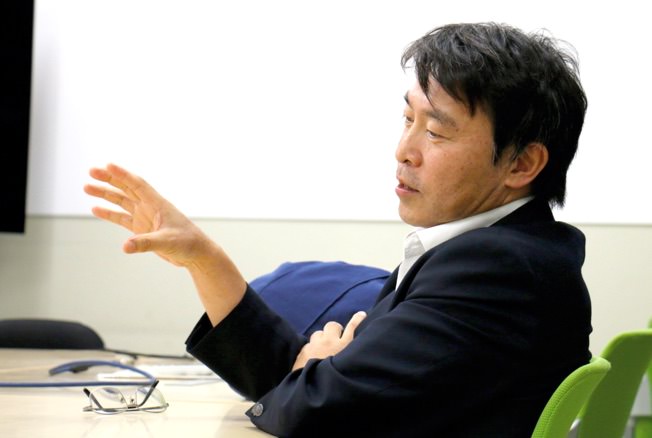
——Having various devices in a single probe and merging academic disciplines that have been separated is an important step for the future of probes in Japan.
Dr. Haruyama:Professor Soichiro Uruta intentionally made a combination of electromagnetic data devices and solid systems at the time of SELENE. SELENE was a probe with triaxial control that centered itself on and flew towards the moon. Basically, this isn’t a good thing for a solar-terrestrial physics device. Rather, it should gather calibration data when researching an idea while in a spin. Long ago, when Professor Uruta was asked whether it was scientifically sound to include a plasma device in SELENE, he said, “Of course, it would be better to make a spin-stabilized satellite that detaches and utilizes spin, but putting them together is also very important as a process that will be carried out by other professors for the future development of the field and especially because we are still a long way off from terrestrial planets.” Certainly, in reality, it is very important for different devices and different fields to interact through development and through the acquisition and analysis of data, and for a lunar radar sounder, in particular, it should be possible to derive more data of great importance for interpretation if the device has both plasma and solid systems for measurement data in the electromagnetic field. There are no barriers between academic disciplines, so we want to break down and open up this area.
I have to take on a strong sense of purpose about making this combination.
——Have you been inspired in some way by members from other countries? Is there some way in which Japan must change?
Dr. Haruyama:
The person who I think is the benchmark is the JUICE camera PI. He’s an amazing person. He has a wide perspective, is attentive, and, even though schedule management must be really difficult, he is getting used to the Project. When I see such people, I think I would be happy if there were more personnel like that in Japan. Japan should have more people who understand the equipment, are careful about science and who are capable of being globally active.
Fault-finding does not help for this purpose. In the end, the efforts people make will only move forward when there is recognition and mutual support.
——From what you have said, it seems that you have a major vision based on your experience of development, and you are working towards the next step.
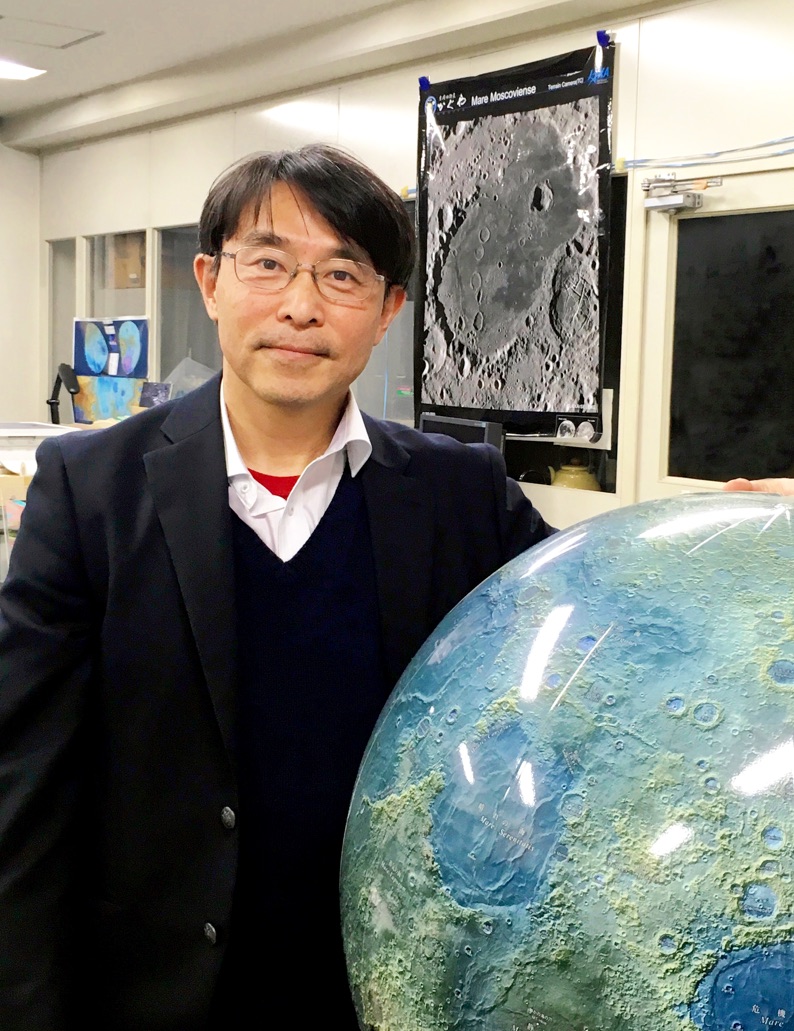
About the JUICE Players
——What are the other JUICE members expecting of you and of the role that you will fulfil?
Dr. Haruyama:
I want to give more support so that Professor Saito can allow more people to experience different types of work. In any case, my work at the beginning was difficult both physically and mentally, but it’s normal that you can’t move forwards as you initially plan.
However, such initial difficulties are useful for the future. I want to be able to respond to such a necessary but difficult position. JUICE has many individualistic members, and I’m looking forward to seeing how it develops.
Even general people like us are excited to see that you are engaging in this Project with mutual support in order to train the next generation, and to increase the strengths in the team. We are all looking forward to seeing the work of the Professors.
Interviewed by Nishikawa, Nyan & Co.

